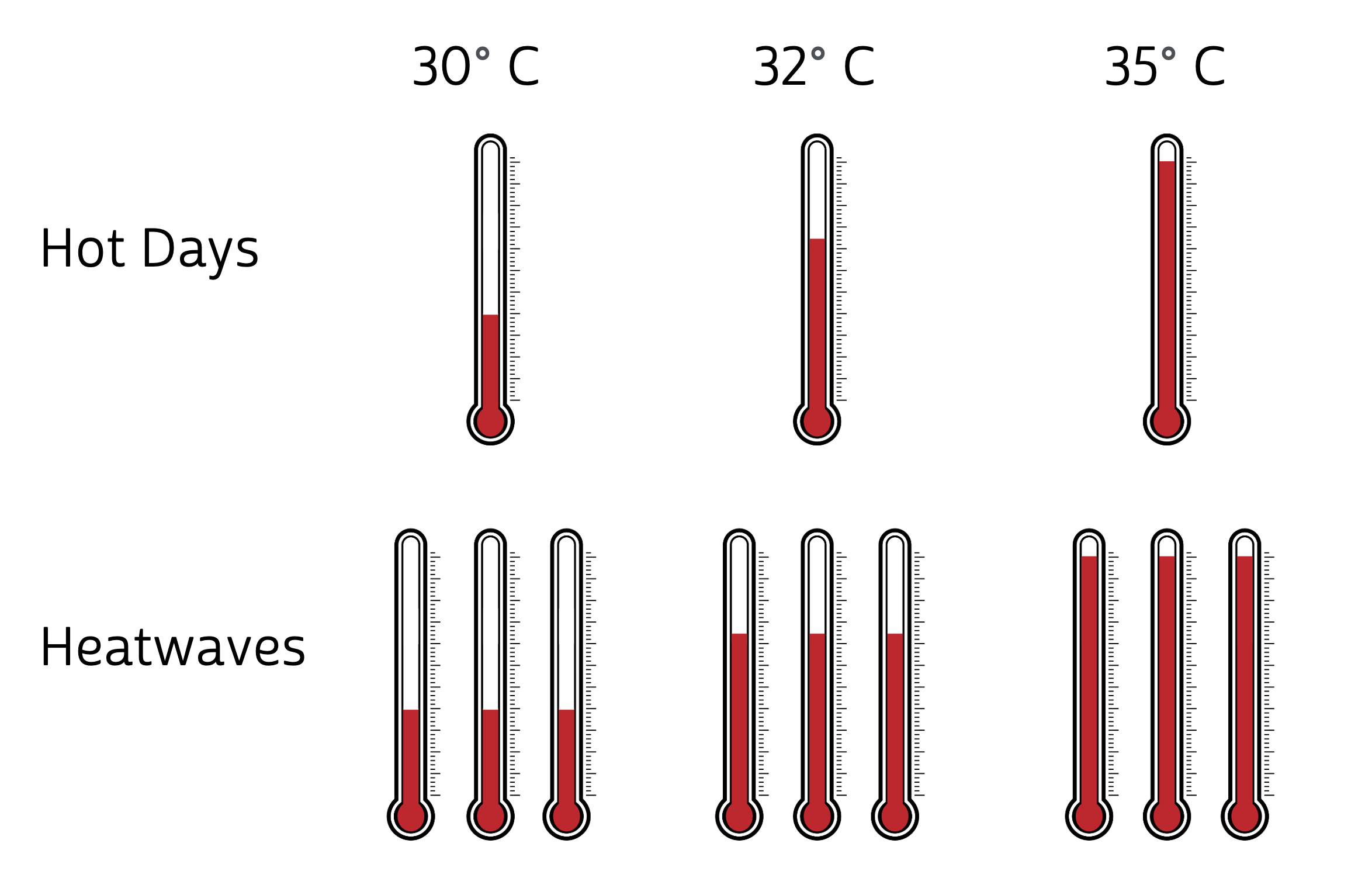
Linking Climate Change With Pregnancy Outcomes
2020 Data from PMA Ethiopia
Kathryn Grace, Matt Gunther, Jiao Yu - University of Minnesota
Highlights
- Heat exposure during pregnancy increases risks for spontaneous miscarriage and stillbirth.
- However, women develop strategies for mitigating risks over time.
- We find evidence that women who have lived in a hot place for many years are less likely to experience negative birth outcomes following heat exposure during pregnancy.
2020 Data from
PMA Ethiopia
2020 Data from PMA Ethiopia
Women report all pregnancy outcomes within 3 years

2020 Data from PMA Ethiopia
Must have resided near sample cluster (•) for 2 years (centroid displaced up to 10 km)

2020 Data from PMA Ethiopia
Beyond 2 years, women report how long they have lived in their current region

Measuring Heat Exposure
Addressing challenges to spatial and temporal aggregation
Measuring Heat Exposure
We use a daily maximum temperature record, CHIRTS Tmax (0.05 arc-degree resolution, 1980-2020)

Measuring Heat Exposure


Measuring Heat Exposure
It’s especially important to weight regional means by population density!

Measuring Heat Exposure

We create indicators at three heat thresholds for each day, 1980-2020.
We identify a heatwave whenever a threshold is passed for at least 3 consecutive days
- 0-2 hot days = 0 heatwaves
- 3 hot days = 1 heatwave
- 4 hot days = 1.33 heatwaves, etc
Lifetime Heat Exposure by Region
One for each of 6 heat measures. Lifetime exposure to 30° C Days looks like this:

Likelihood of miscarriage / stillbirth
Analysis of the interaction between lifetime heat exposure (tertiles) and pregnancy heat exposure
Binary logistic regression. Controls include: mother’s age, partnership status, educational background, household wealth, religion, pregnancy intentions at conception, and clustered fixed effects for sample strata (region + urban).
Results: Heat as Days >30° C

Thanks!
